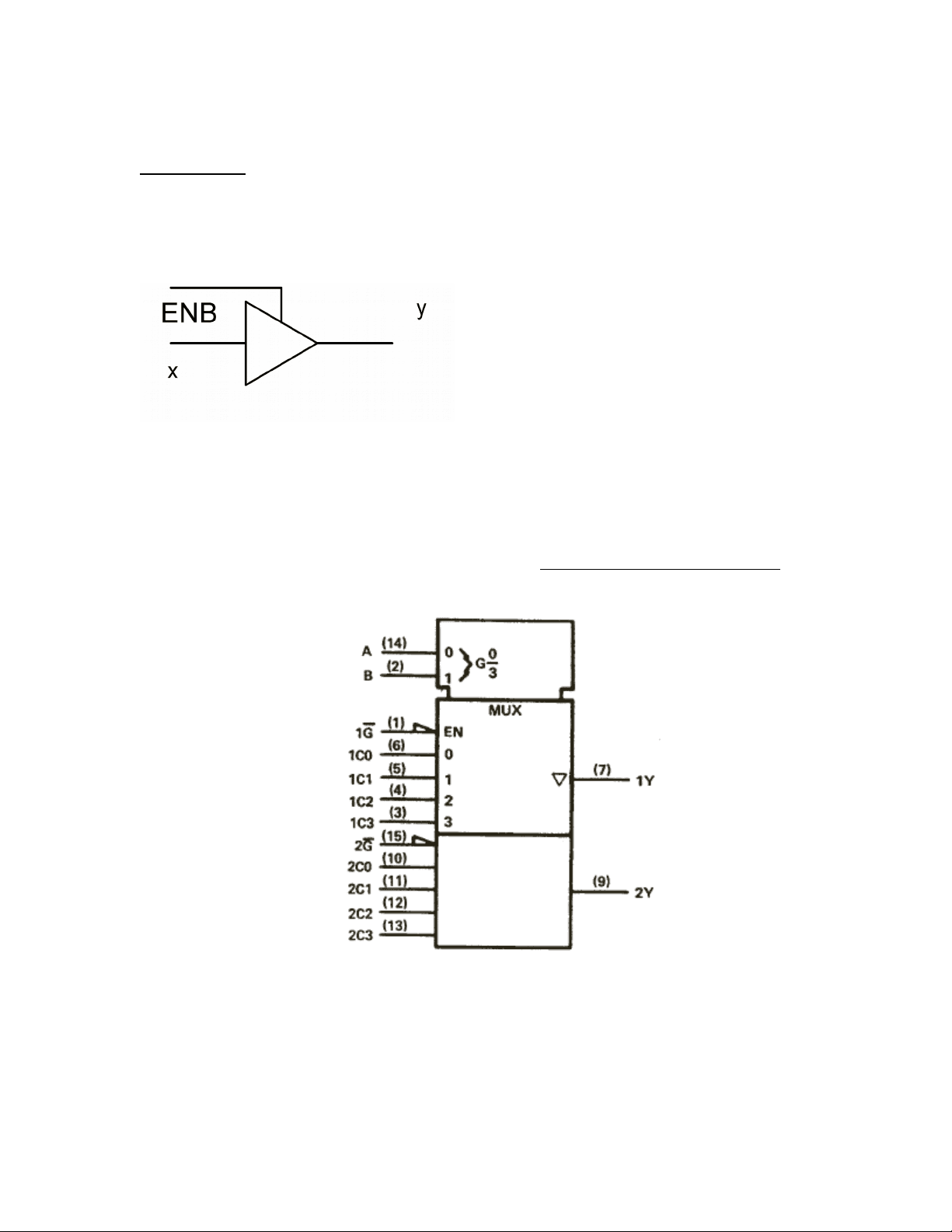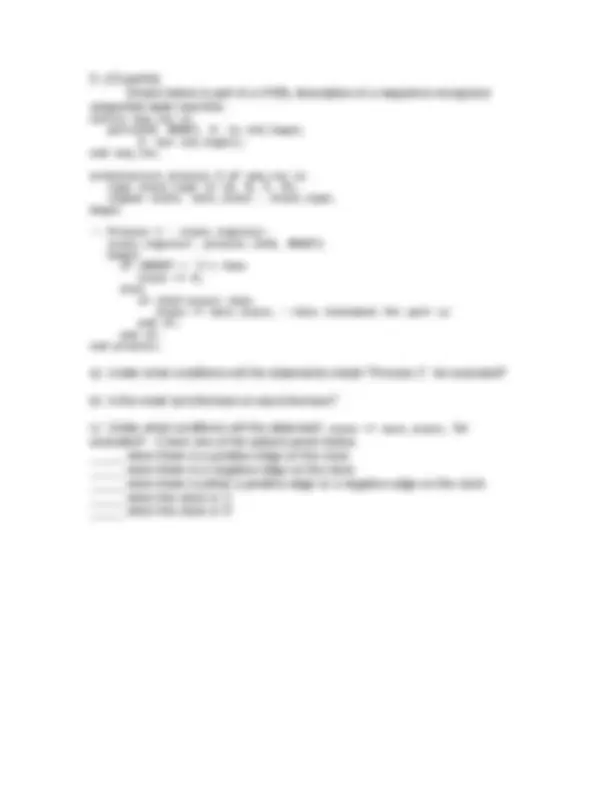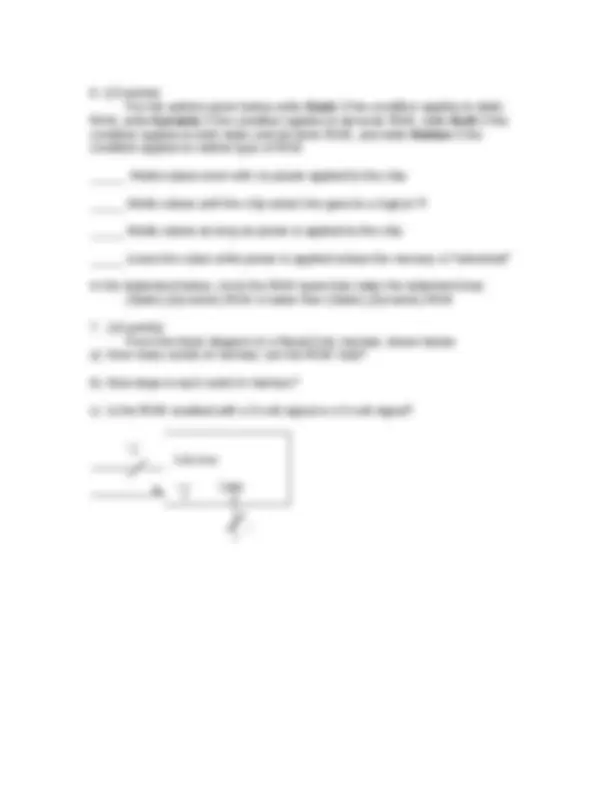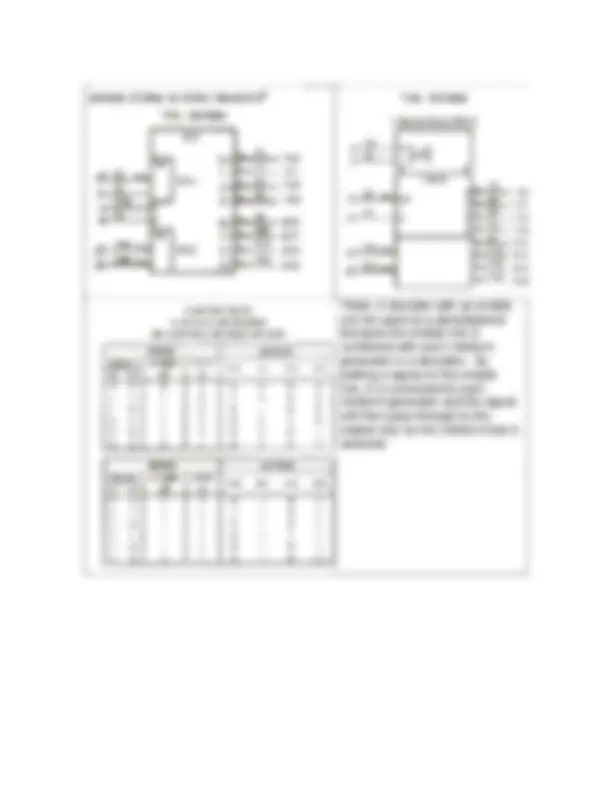





Study with the several resources on Docsity

Earn points by helping other students or get them with a premium plan


Prepare for your exams
Study with the several resources on Docsity

Earn points to download
Earn points by helping other students or get them with a premium plan
Community
Ask the community for help and clear up your study doubts
Discover the best universities in your country according to Docsity users
Free resources
Download our free guides on studying techniques, anxiety management strategies, and thesis advice from Docsity tutors
Material Type: Exam; Class: Advanced Digital Systems; Subject: Electrical Engineering; University: University of Mississippi Main Campus; Term: Fall 2003;
Typology: Exams
1 / 5

This page cannot be seen from the preview
Don't miss anything!




EL E 385 Test 1 Fall 2003 Closed Book: No references allowed.
*Note: A decoder with an enable can be used as a demultiplexer because the enable line is combined with each minterm generator in a decoder). By putting a signal on the enable line, it is connected to each minterm generator and the signal will then pass through to the output only for the minterm that is selected.